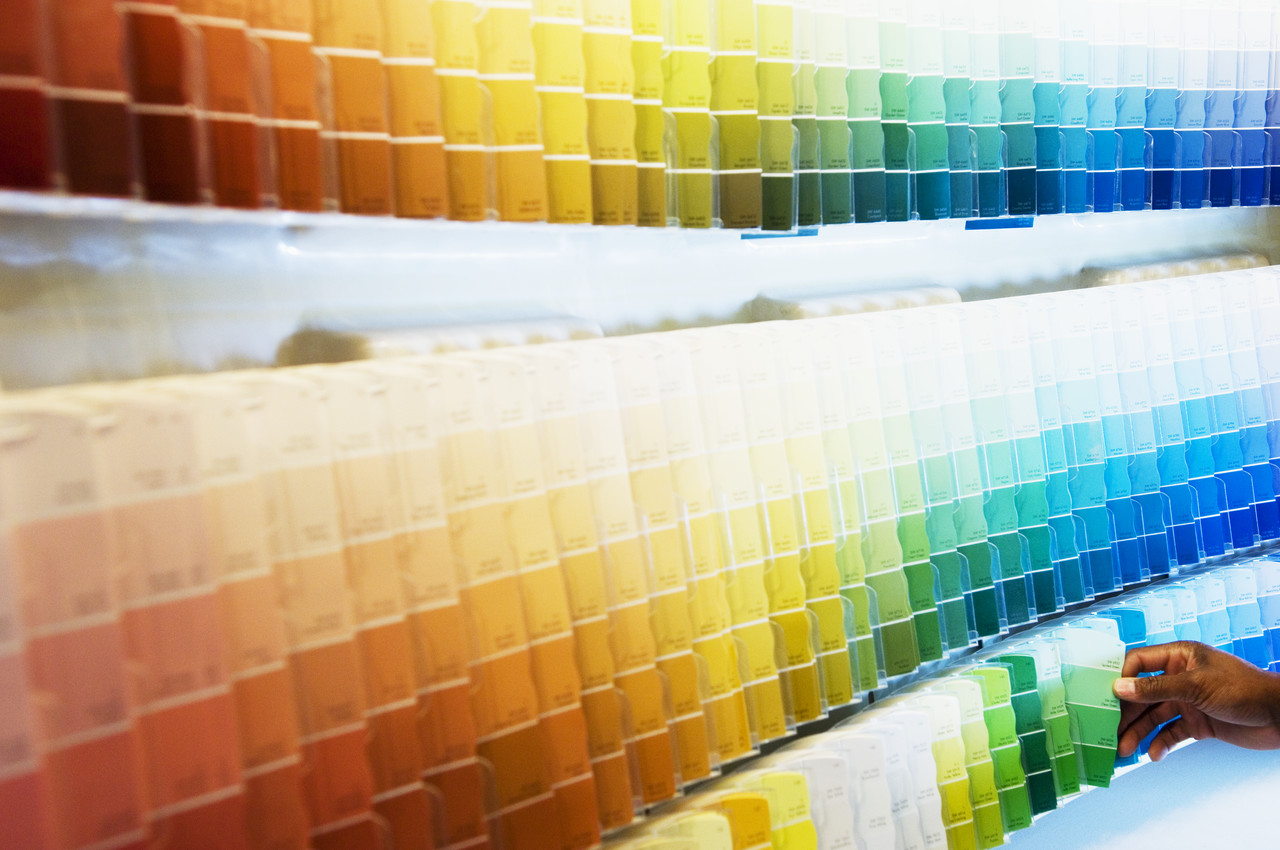We live in a world of color. We gather a lot of information from our surroundings based on color, react differently to each one, and have our own favorites and preferences. Colors may be soothing, some may motivate, while others warn us of danger. With color offering so much, why are so many machine vision systems limited to monochrome? Color is opening doors to a world of new possibilities for an increasing number of machine vision applications.
The camera in your system is the gateway to the color wonders of the world. A camera delivering accurate color is no small feat, much less doing so in a reliable and repeatable manner. Cameras from various manufacturers often rely on comparable sensors but this is where the similarities end. Unless purposely designed, cameras will deliver varying color quality even when using the same image sensors. Color quality may even vary between units of the same camera model.
At Lumenera we go to great lengths to design and manufacture our cameras so as to deliver accurate color, and ensure that a camera model will always deliver color in the same manner from unit to unit, no matter when it was manufactured. Some of the ways in which Lumenera accomplishes this task include:
– Camera electronics are designed with proven, high performance components using the tightest tolerances, giving performance and repeatability to the design.
– Raw images produced by a camera need further processing to create color images. We have refined our processing algorithms through the years with a focus on colour accuracy and repeatability, tweaking parameters for specific image sensor models and performance.
– Individual cameras are calibrated in the manufacturing process to compensate for individual variations.
– Final quality inspection by a team of trained specialists ensures excellent color performance.
Our dedication and success to color accuracy and repeatability is demonstrated by our strong presence in microscopy and life sciences applications. Color imaging applications are plentiful, one obvious example being paint quality and color accuracy in a manufactured product such as automobiles. As a consumer buying produce at the supermarket your choice will often be guided by the color of the fruit or vegetable. Producers know this and will employ a vision system to automatically select the most appealing fruits and vegetables to ship to consumers, while the remaining are turned into processed foods. An application with more profound consequences is the interpretation of color in a life science or medical imaging application where tissue samples are analyzed. All of these applications, and more to come in the future, rely on cameras that deliver accurate color in a repeatable manner.


